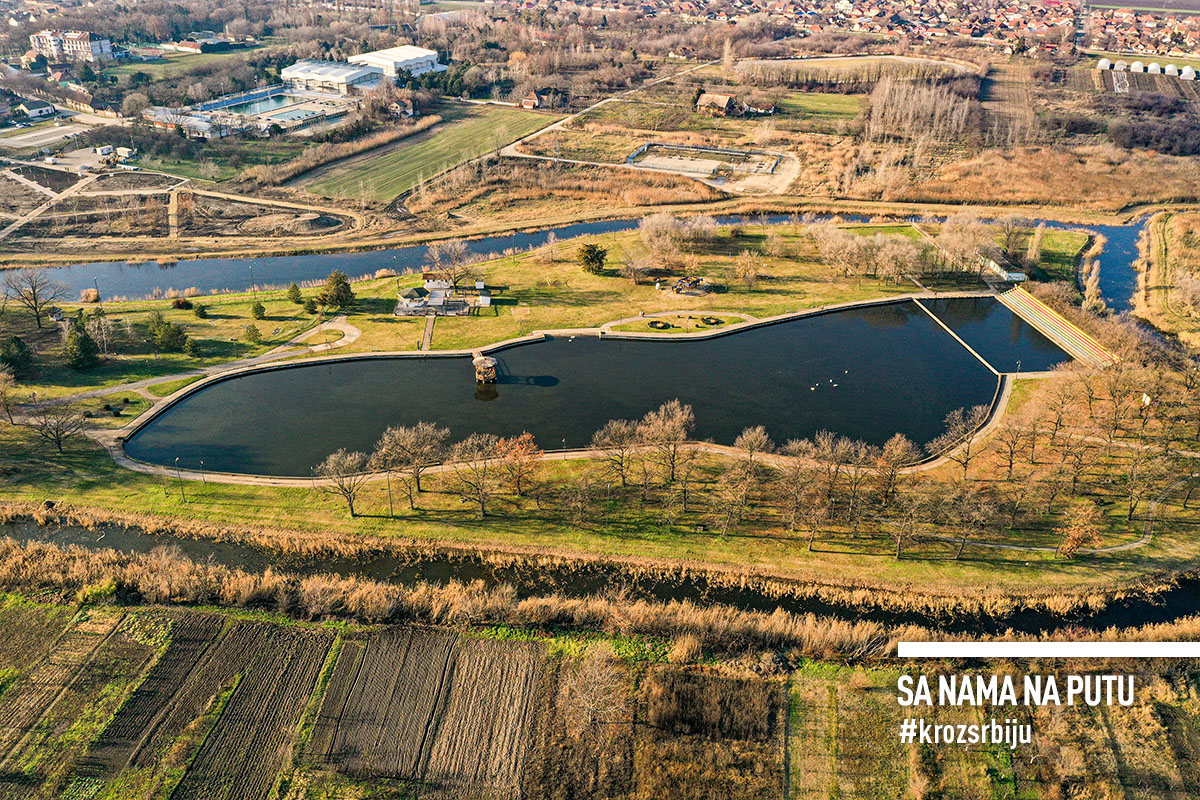In the past, the town used to be referred to the Great Kikinda. Over the years, the grand name fell out of use, but the old charm remains. Located in the north-east of the Banat valley almost at the border with Romania, Kikinda is home to proud architecture, artistic spirit, friendly neighbours, second oldest Serbian resident, and mouth-watering food. It is the Serbian pumpkin capital, and in winter also a shelter for amazing local birds.
Why visit Kikinda?
1. Because Kikinda is a romantic town
A cute and quiet town, Kikinda does not have a remarkably long history, but is stock-full of attractions. Serbs first settled here in the middle of the 18th century. Only several decades later, the Austrian empress Maria Theresa founds the District of Velika Kikinda, and the town starts growing in earnest. Curiously, all streets in the town intersect at right angles – a relic of the precise Austrian urban planning, so do not worry about getting lost in a maze of side alleys. The town retained its name of Velika or Great Kikinda all up to World War I. After the First world war, it became part of Serbia with the name shortened to just Kikinda.

The architecture is typical for Vojvodina, with neat multi-colored houses and carefully detailed decorations. The most noteworthy examples of local architecture include the Budišinova mansion, a Neo-Baroque masterpiece, the Town Hall, and the Drakslerova and Slanikina mansions. The town is uniform with no tall buildings that would be out of place here. The main walking street is quite long, lined with lively cafés, greenery, and terracotta sculptures. At the end, you will find a small open-air museum.
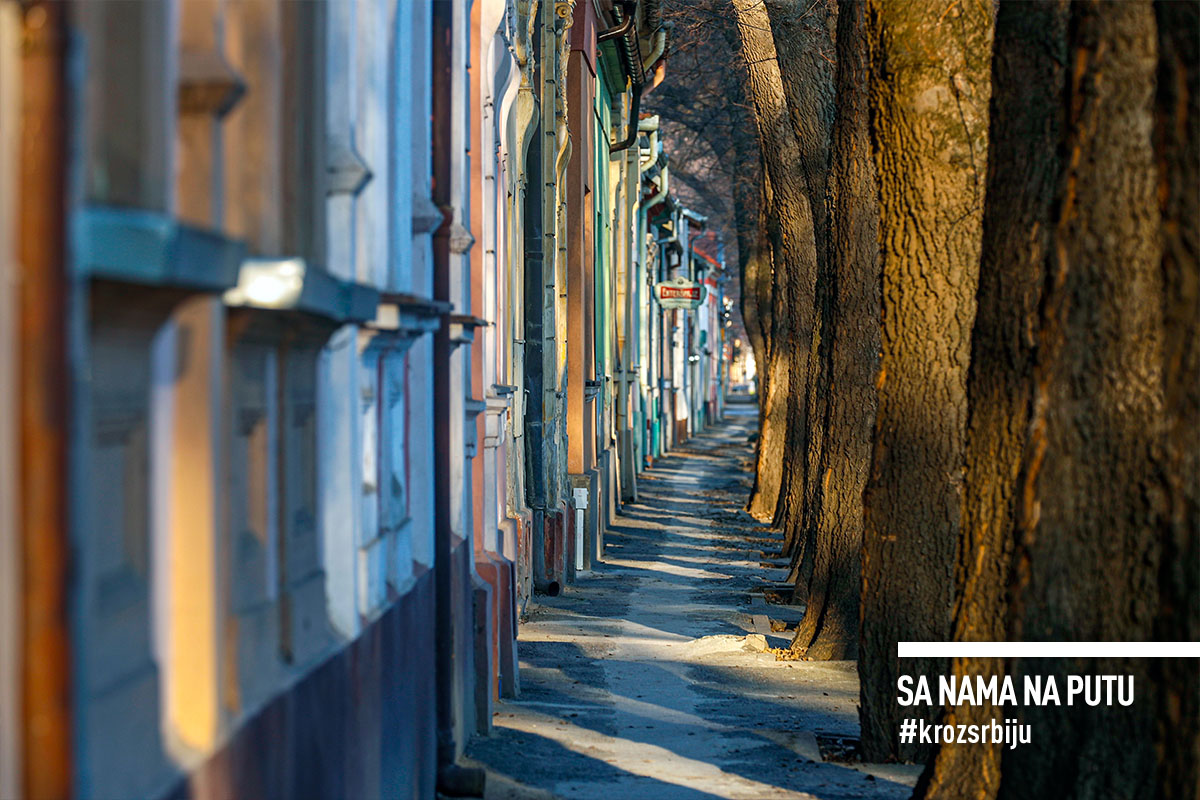
Take a walk along one of the prettiest streets in Serbia, if not in the world. The two-kilometer-long street is named after Petar Drapšin, a war hero. It is remarkable for its idyllic pastel-colored houses with detailed frilly gates and over 400 massive trees lining it. Planted after World War II, they create a green shady tunnel along the entire street. Here you will also find the old wooden water tower tucked in the shade.
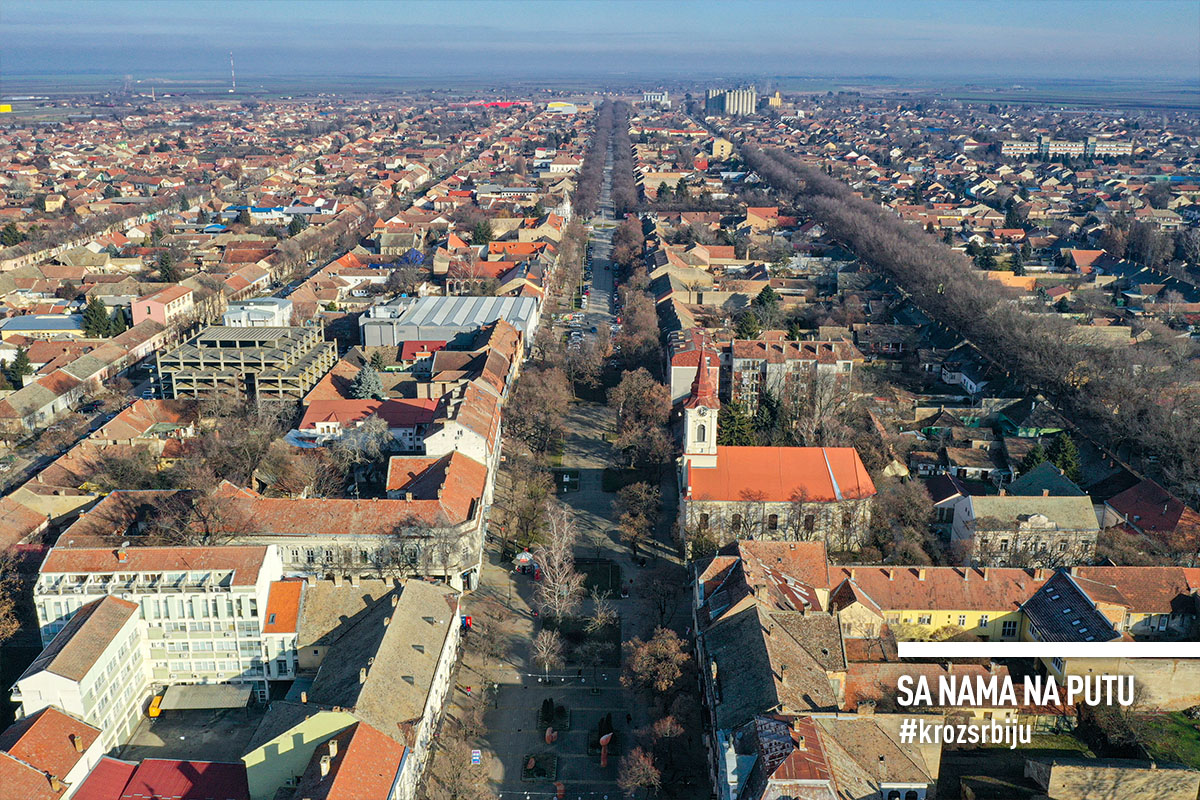
The green Blandaš Park close to the town center is the favorite recreation spot for the locals. Unlike most Serbian towns, Kikinda does not have a river, but makes up for it with a picturesque lake left over from the Galacka River that used to be here. The lake is a beloved walking and picnic destination. Several kilometers from the town is the 19th-century Vodice church, one of the most significant in the area. The famous ruler of the Huns, Attila, dubbed the Scourge of God ruled over this land in the first half of the 5th century he and is believed to be buried here. The exact location of the grave is still unknown. Legend says, Attila was buried with all his treasures, which still have not been found in the 16 centuries that passed from his death. A great challenge for the local Indiana Jones fans.
Kikinda is known as the pumpkin capital of Serbia. Each fall, usually in September, the town hosts Pumpkin Days, a festival where the local farmers compete for the largest pumpkin and the longest gourd. The locals joke, that no matter how big the pumpkin, you will be able to see the entire town if you climb it, referring to the perfectly flat land in the area. The town residents are known to be friendly, talkative and ready to help.
2. Because Kikinda is home to Kika
Kika is one of the two Serbian mammoths. Fossil remains of a female mammoth were found here, so the animal was named Kika after the town. The remains are estimated to be about half a million years old, a little younger that the other Serbian mammoth Vika, found near the ancient city of Viminacium.
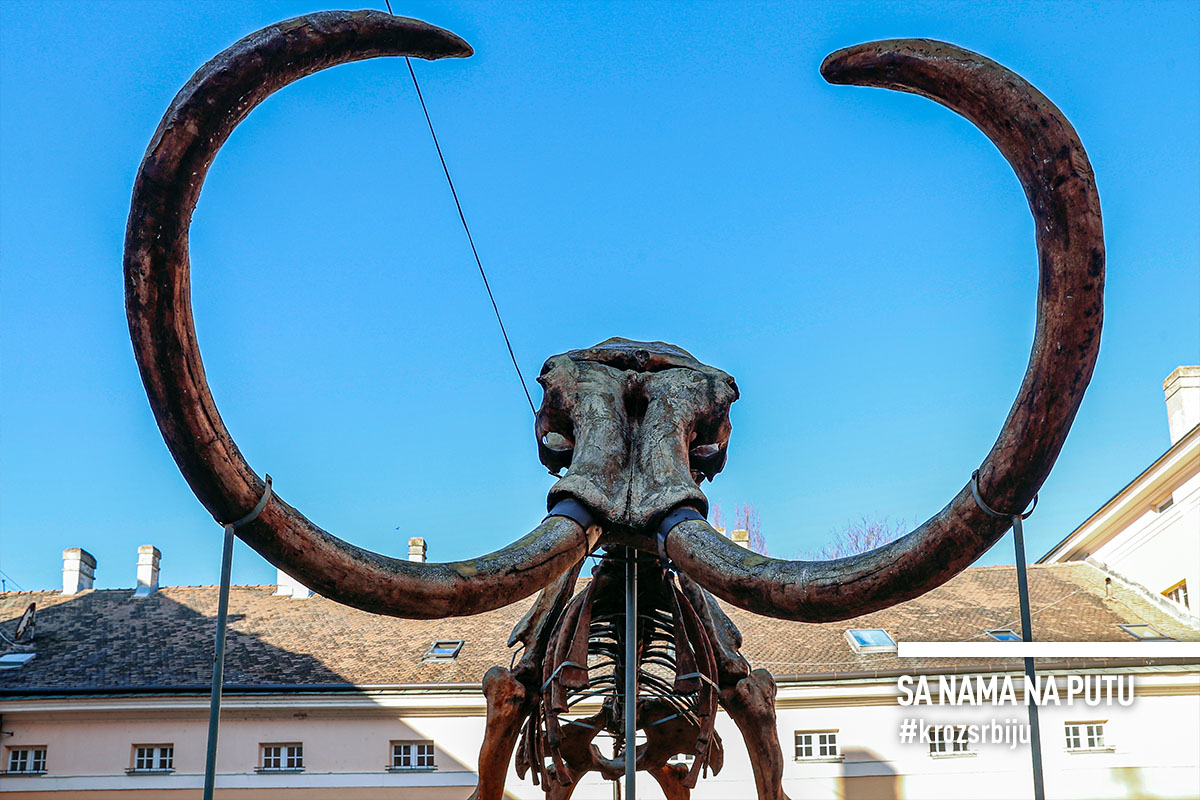
A true-to-size copy of the mammoth is displayed in front of the Kikinda National Museum. The fossilized skeleton, almost complete, can be seen on the first floor of the museum. Kika was discovered in 1996, at the depth of 21 meters in the clay pit of the Toza Marković factory. The mammoth was about 4.7 meters tall and 7 meters long with the estimated weight of seven tons. Her tusks are the impressive 3.5 meters long. An average mammoth lived between 60 and 80 years and changed six sets of teeth in its lifetime. The teeth wore down quickly, as the animals fed on shrubs, leaves and grasses.
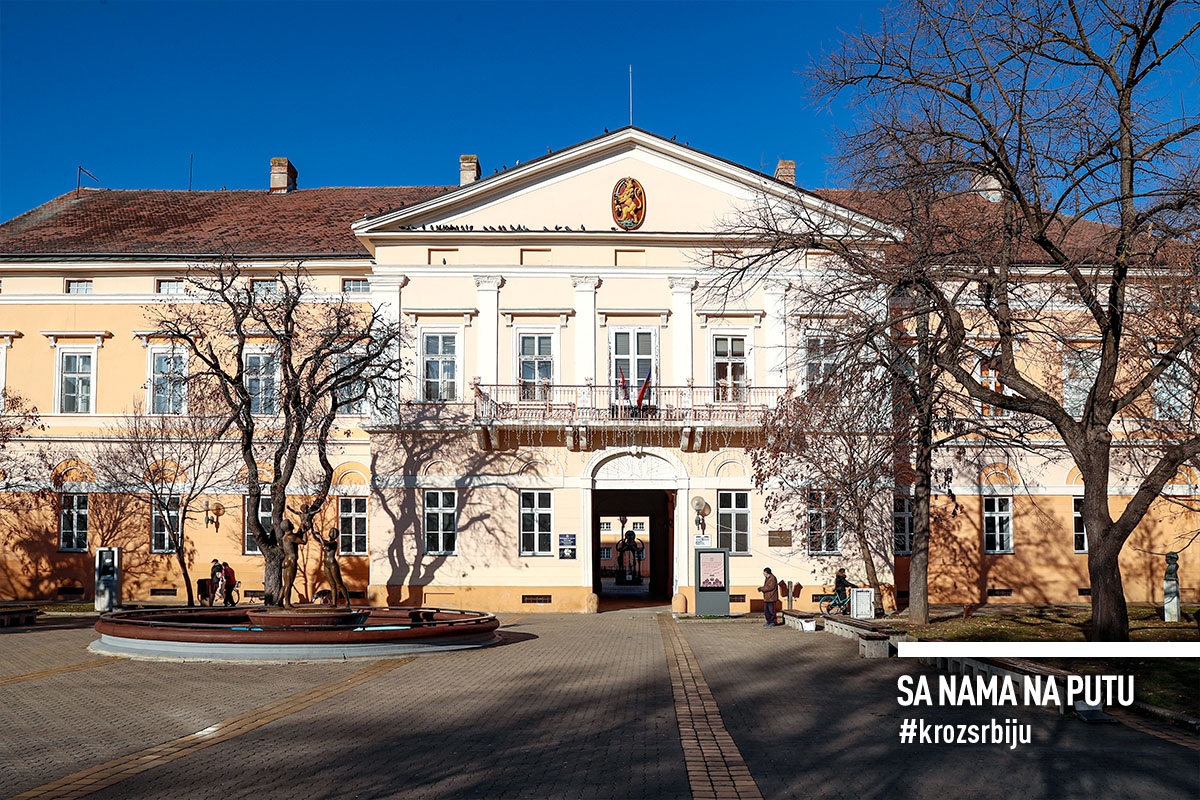
Although Kika is the star of the collection, the city museum has much more to offer. The museum occupies the the former courtroom, a late Baroque building, one of the oldest and most impressive in the town. The exhibits include artifacts from the Neolithic era, an icebox – a pre-electricity food storage chest, a traditional gold wedding headpiece, a model of an old earthen house, and a coin music box with various melodies, mostly symphonies. The cellar of the museum building used to be a prison, but is now used for storage.

In front of the museum, you will the Family sculpture, prominently showing the town’s values.
3. Because owls winter here
Kikinda is the largest urban wintering are for long-eared owls. They gather here from all over Europe to enjoy the mild snowless winters. Owls can be spotted all around town, even in the busiest streets, and do not seem to mind people. A long-eared owl is a protected species. Through the day the birds rest in the trees and hunt after dark, mostly for mice and rats. To protect the species it is crucial to preserve the wintering grounds with enough trees to make home for the birds. There are different superstitions and beliefs connected to owls. Some believe they bring misfortune, others see them as a symbol of wisdom and patience. Kikinda citizens seem to have grown used to their winter neighbors and take good care of them. In November, the town even holds a themed educational festival, aptly named Sovembar (sova is Serbian for owl).
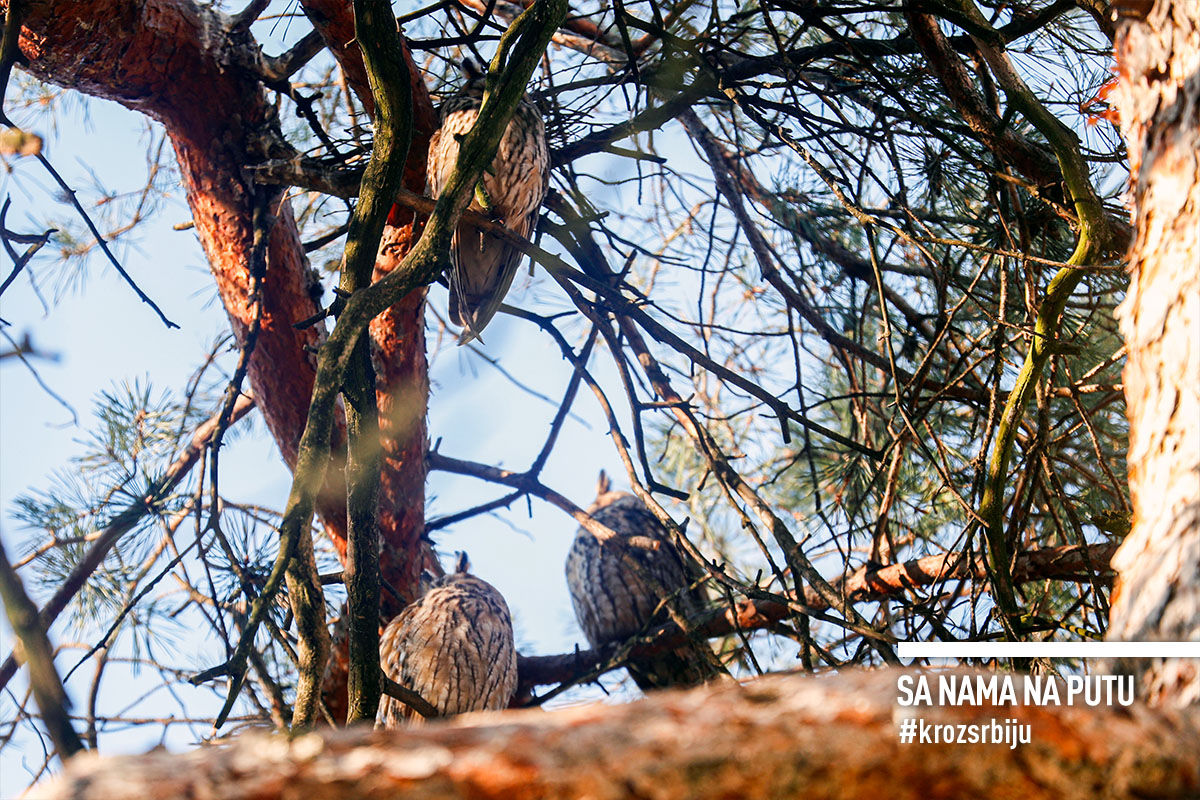
The owls are hard to spot among the yellow leaves and grey bark of the trees, as they are perfect at the art of camouflage. However, if you find a tree with many white marks under it and look patiently, you will definitely see the birds there.
4. Because Kikinda is home to the only surviving horse-powered mill in Serbia
The Suvača mill is a unique monument of Serbian 19-century architecture. It was a horse-powered dry mill used to process wheat, paprika and pepper. Legend says, the fine flower from Kikinda has highly prized and even delivered to the Vienna royal court. The Suvača is one of the only two surviving mills of this type in Europe. It has been out of operation since 1945 and is now part of the Kikinda National Museum. It is open for visitors from April to the end of October.
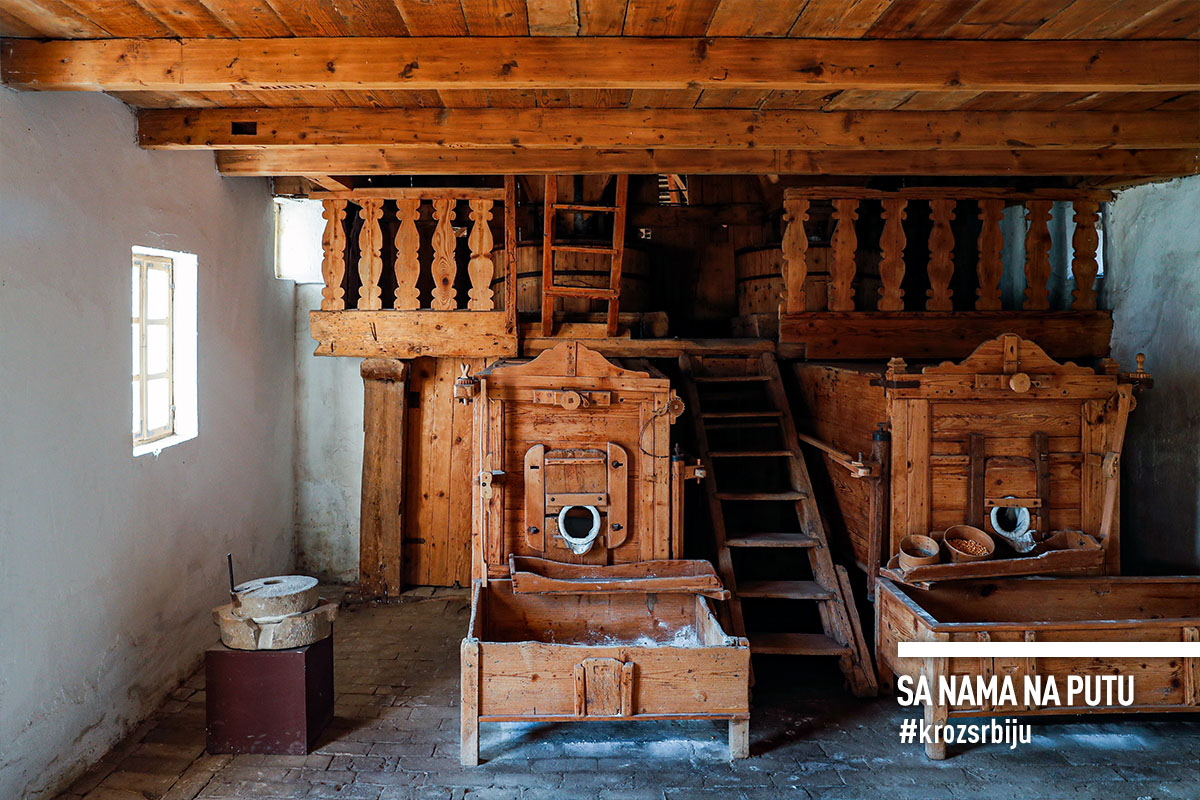
5. Because the Terra art studio is heaven for artists
The Terra art studio is located in the building of the former Toza Marković brick factory. We are greeted by dogs barking from behind the iron gate, but they turn out to be quite friendly as we come closer. The factory building dates back to the late 19th century and created an impressive setting for the assortment of terracotta sculptures all around the yard. Part of the old workshop has been renovated and equipped as a sculpture studio. Each year artists from all over the world gather here to create. The studio is outside of the town center, but is well worth a visit, especially for those fond of alternative creative spaces. The vibe is relaxed, creative, and unruly. If you prefer to enjoy works of art in a well-decorated gallery rather than is a studio, visit the Terra museum that was opened across town several year ago. It boasts over a thousand sculptures in the terracotta style.
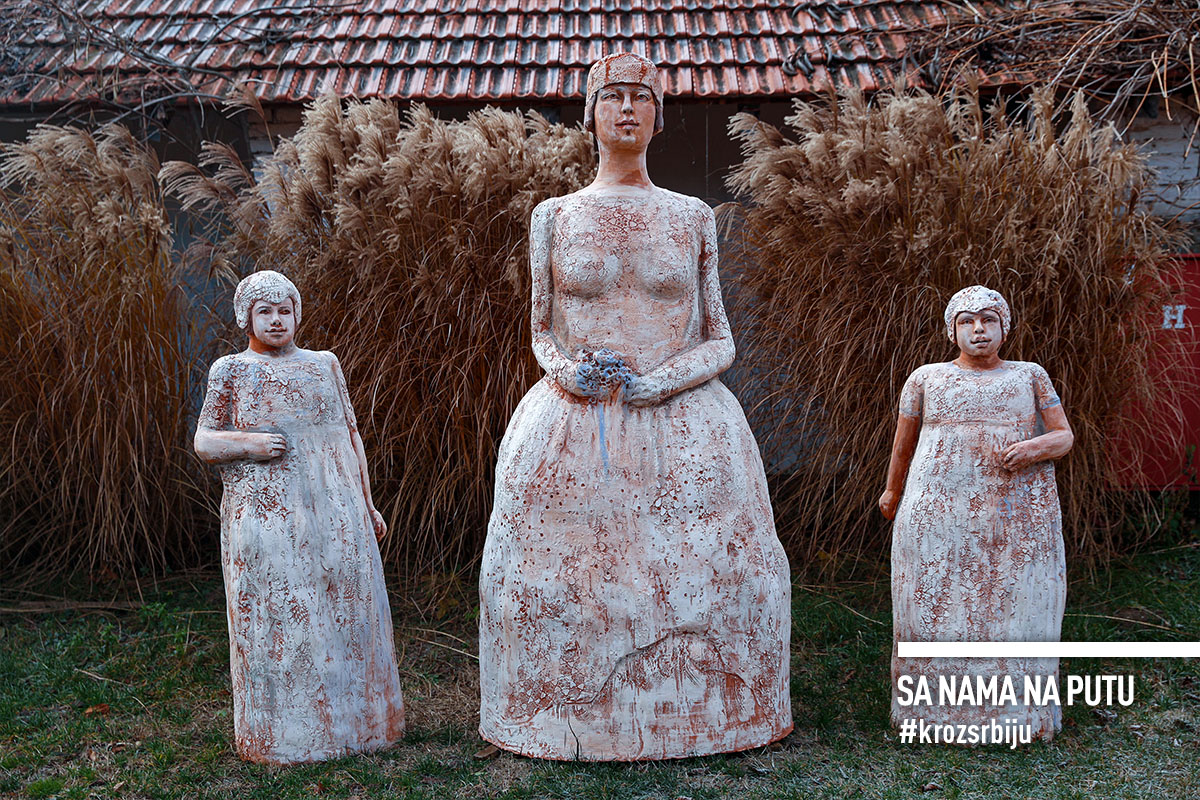
6. Because the Kikinda pumpkin soup is to die for
One of the most highly recommended restaurants in town is the Twenty in the pedestrian area. It attracts visitors with a modern eclectic design and a truly amazing cuisine. As an appetizer, you get crispy bread sticks straight from the oven. After that, it is time for the Kikinda specialty – the pumpkin soup. It is satisfyingly rich and comforting. There is a great variety of entrees: creole chicken thigh with spicy sausage, pork in creamy sauce with spiced baked potatoes, turkey with homemade noodles, smoked duck with berries, and much more. The food is mouth-wateringly good, and the service crisp and polite. The overall experience is worth every penny. Do not leave Kikinda without trying another local specialty – the scrumptious pumpkin pie. If pumpkin is out of season, a rice pudding is a great idea too.
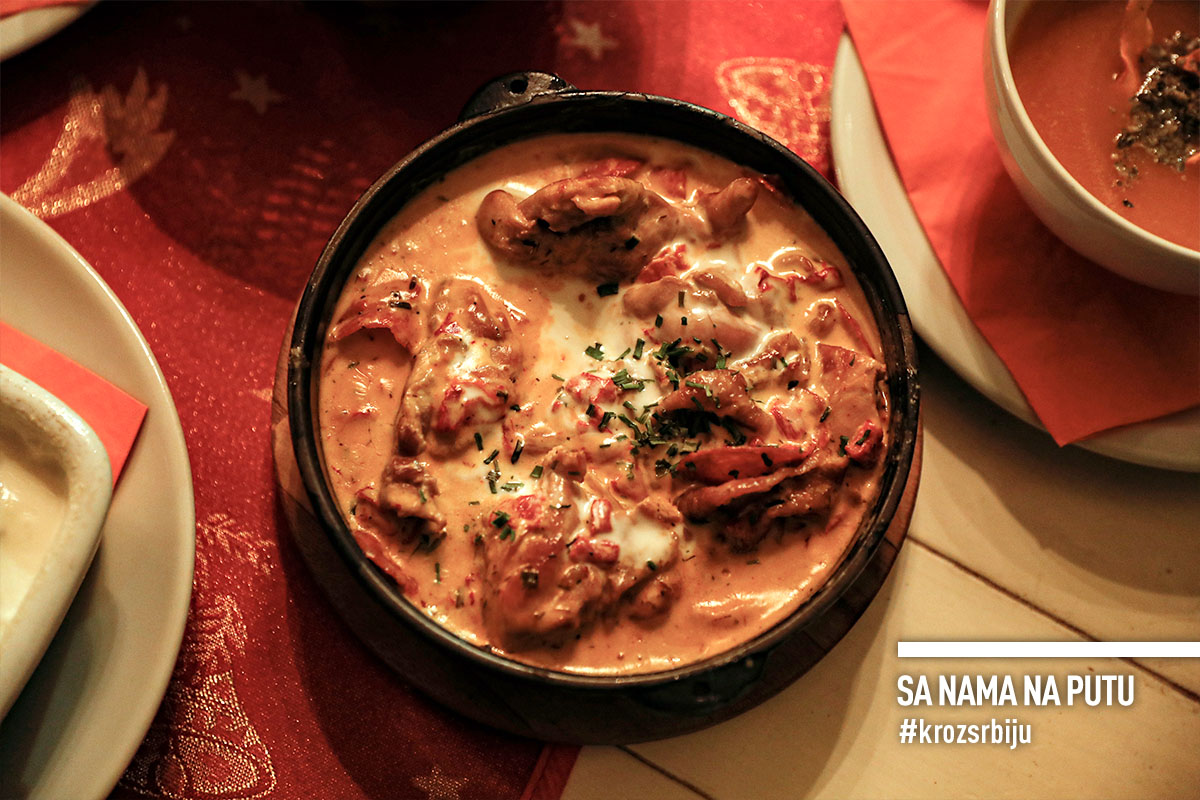
7. Because at the Kikinda filling station you do not have to leave the car to pay
After an amazing lunch, it is time to leave town, so drop by the NIS Petrol filling station in Kikinda for a top-up. If you do not feel like getting out after a day of walking, you can simply pay via the Drive.Go app from the comfort of your car. It takes three simple clicks to quickly and safely pay for the fuel, so you can now get on your way back home.
